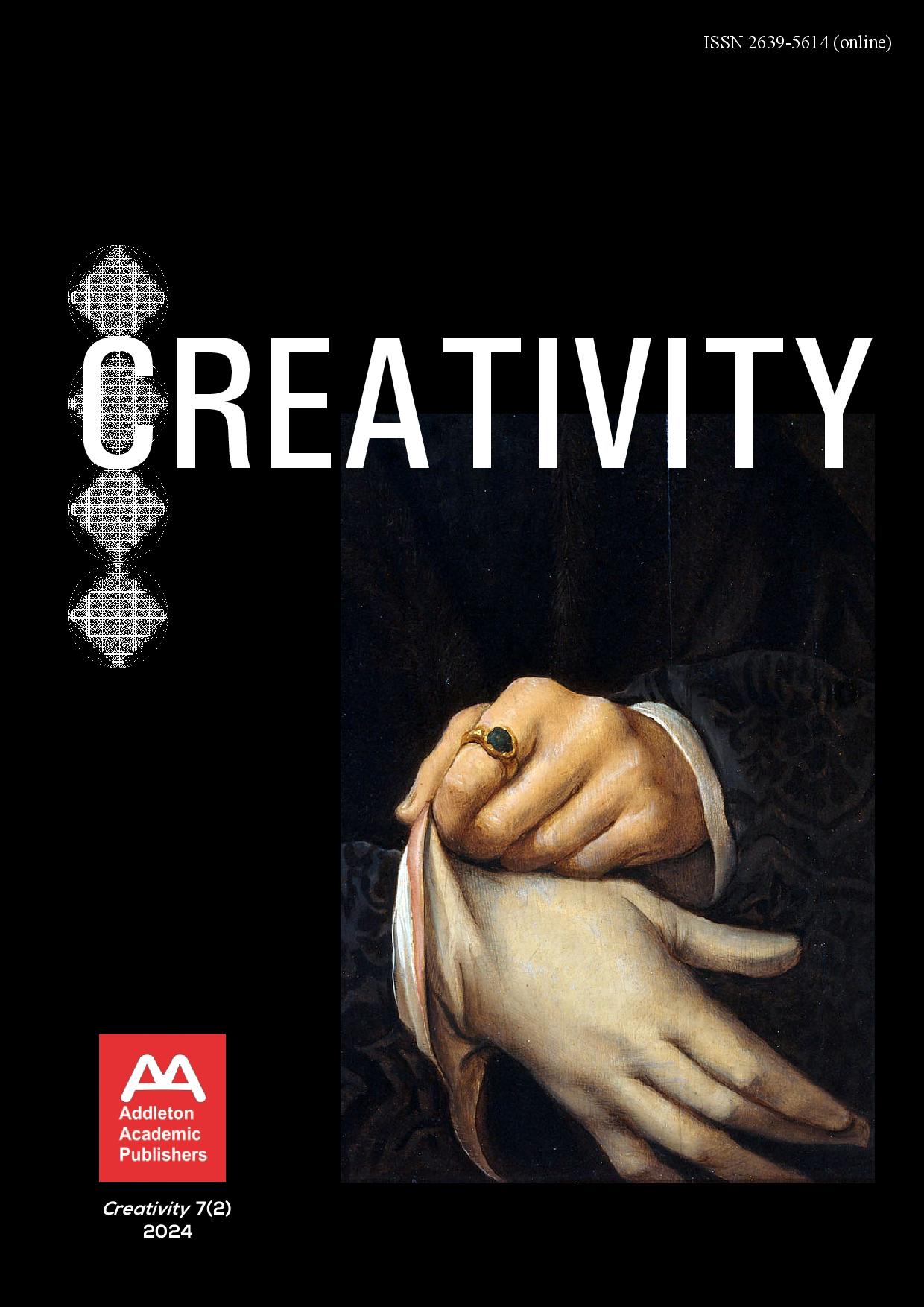Herman Melville and the romantic universe
Herman Melville and the romantic universe
Author(s): Mihai A. StroeSubject(s): Language and Literature Studies, American Literature
Published by: Addleton Academic Publishers
Keywords: demiurge; creation; romantic universe; master of fire; Prometheus; crippledom; agent of destruction; monomania; revenge;
Summary/Abstract: The present study explores the romantic universe of Herman Melville (1819–1891), mainly as described in Moby-Dick; or, The Whale (1851) and Pierre; or, The ambiguities (1852), but also taking into consideration other writings by Melville, with focus especially on the character of Ahab (nicknamed “Old Thunder”), the vieillard terrible of American literature, who is one of the greatest enigmas of the narrative imagination. In this sense, it is possible Melville was unaware how much of this ominous character from Moby-Dick he borrowed into his own life. Hereby we propose to take the veil off the mysterious captain of the Pequod, who is a point of convergence of religions and cultures past and present, a vehicle of the clash of civilizations. We will do this by exploring two planes of comparison: 1) the nature of the character Ahab versus the nature of his author, Herman Melville; 2) the work Moby-Dick versus the life of its author, Herman Melville. Main points of analysis will be: 1) the characters gravitating around the Pequod; 2) the “Ahab” personality disorder (or syndrome) versus the “Antigone” personality disorder (or syndrome); 3) the rise and the fall of the human ego, as reflected in Ahab’s initiation as master of fire (the Cape Horn episode, neglected by criticism, but crucial for an adequate understanding); 4) his other Herculean “mighty labours” and the rise of his autotelic selfishness, marked by the “rise of the shark” or primeval “oceanic” instinct, which proves to have a gradient in Ahab’s case, since the initial “shark” is “aggravated” by the sparking off of two “superior” versions, all “worse” than the first: the “Leviathan” and the “Kraken.” This evolution from shark, to leviathan, to kraken forms the gradient of a cycle, which is spiritually decoded as Ahab’s deeper and deeper megalomania, in the end leading to his utter failure and ruin. Consequently, as a romantic hero-villain, Ahab the master of fire stands rather close to William Blake’s Orc (fire of Revolution), Luvah (fiery Passion) and Urizen (icy frozen Reason), Coleridge’s Ancient Mariner, Mary Shelley’s Victor Frankenstein (the New Prometheus), as well as to Lord Byron’s Manfred and Goethe’s Faust, to name just a few of the greatest romantic figures of utter defeat. In sum, Ahab is like a labyrinthine mosaic shining with a myriad lights – all broken into the bits and pieces of Ahab’s personality – making up the romantic universe.
Journal: Creativity
- Issue Year: 2/2024
- Issue No: 7
- Page Range: 3-177
- Page Count: 175
- Language: English
- Content File-PDF

